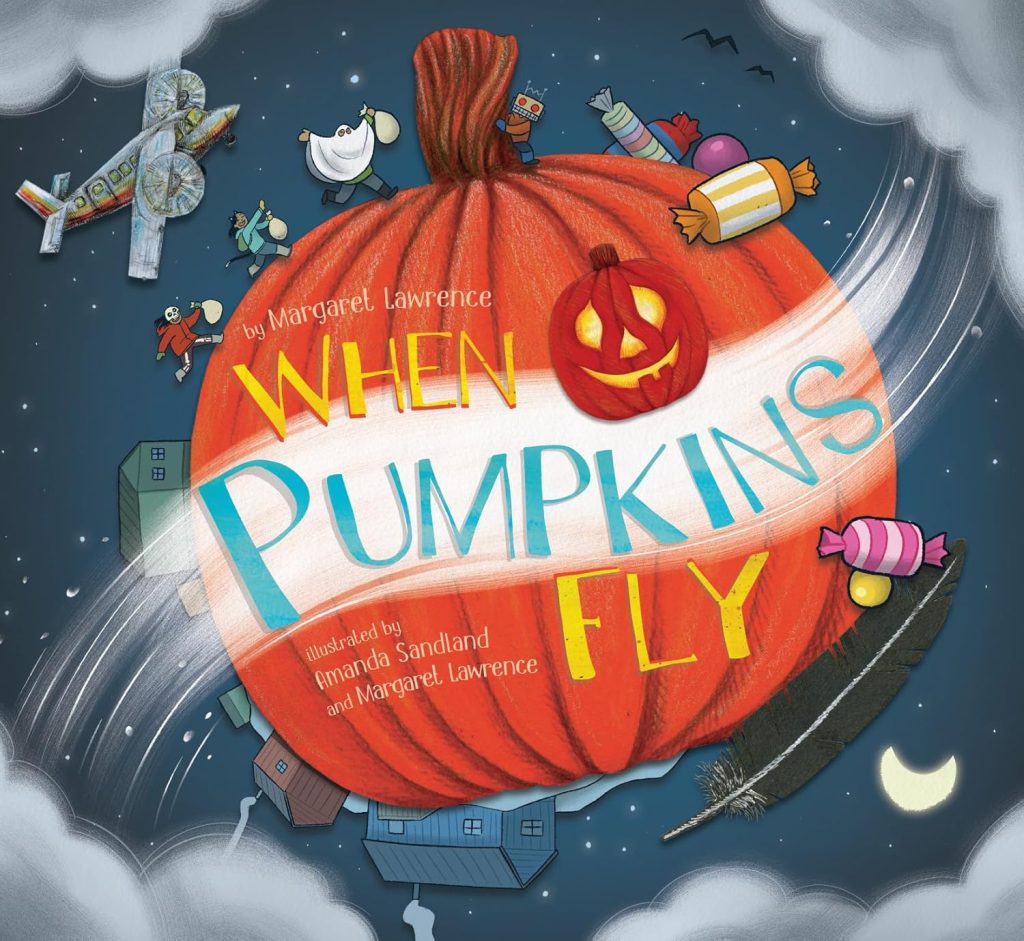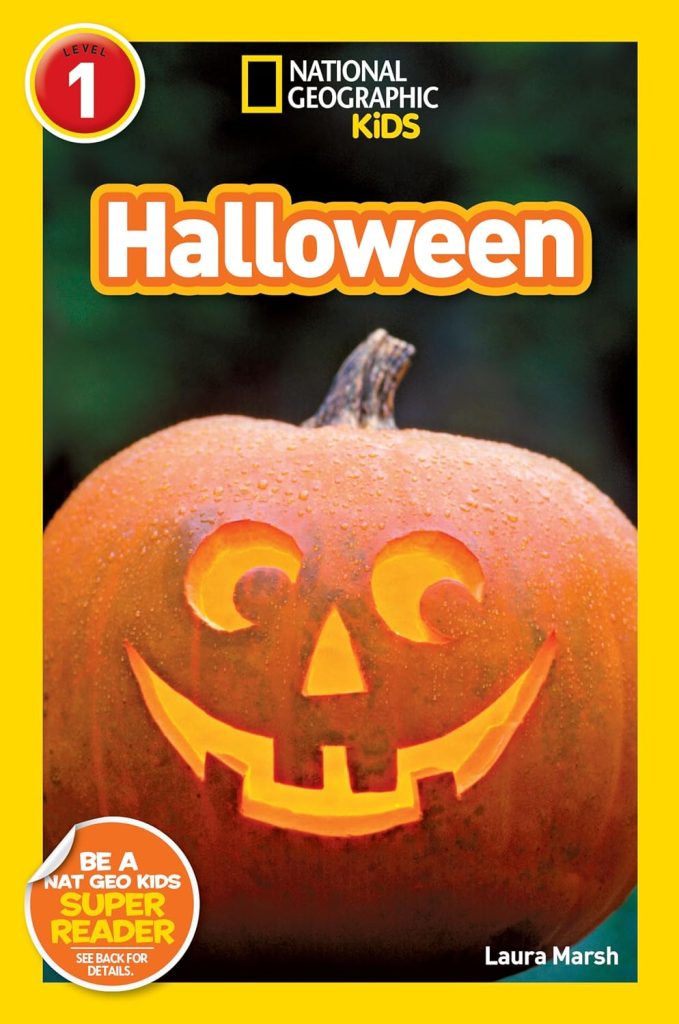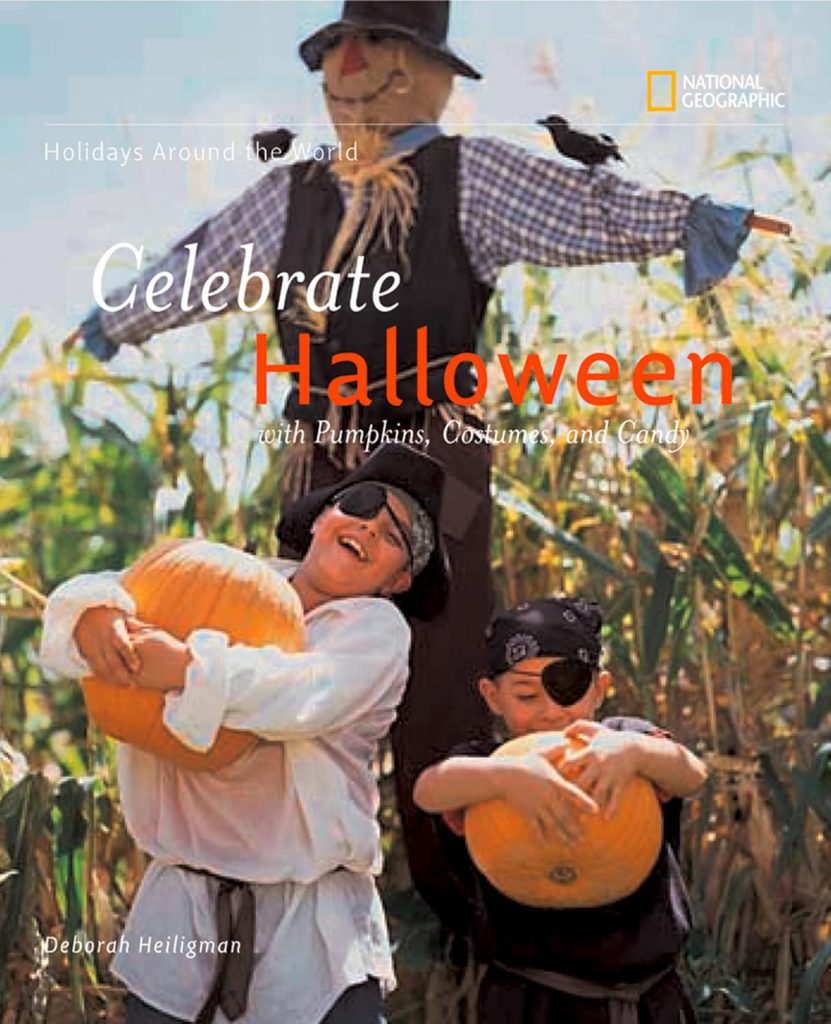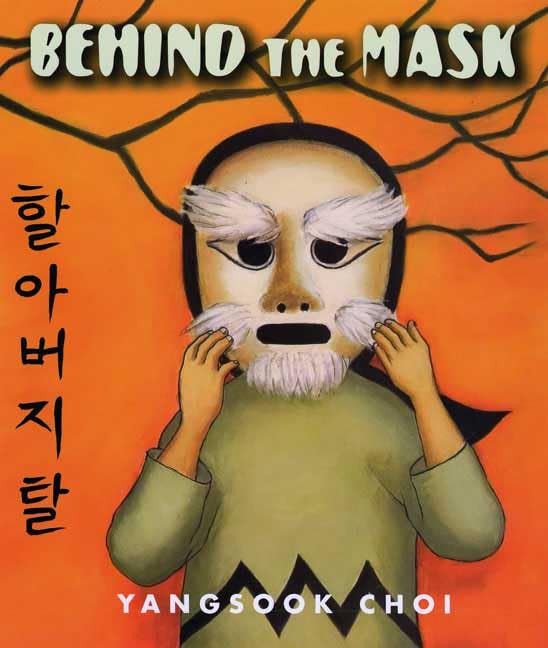Halloween Traditions Around the World
Halloween is a fun and spooky holiday celebrated on October 31st every year. While it is most popular in the United States, many countries around the world have their own unique traditions for this exciting day. Let’s explore some of the different ways people celebrate Halloween around the globe!
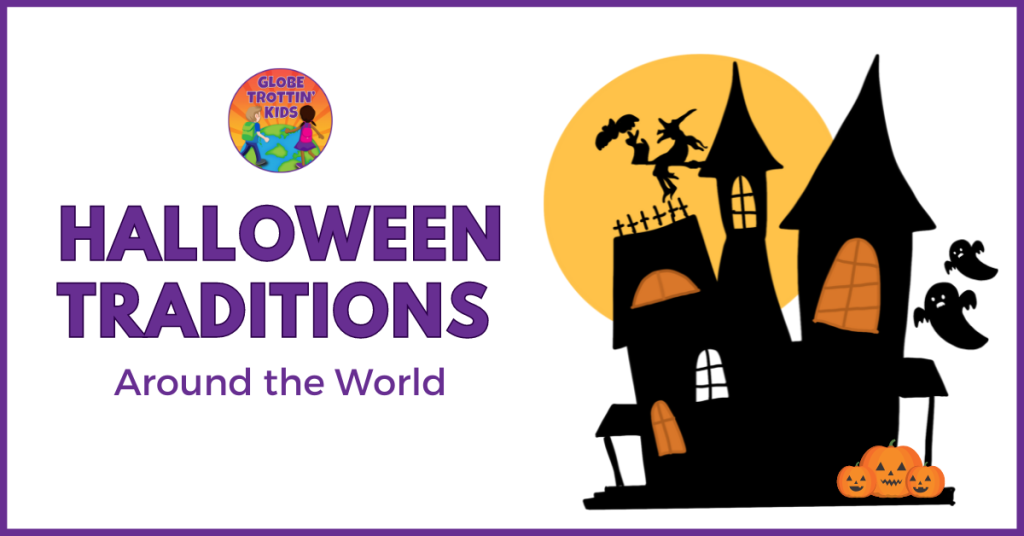
Disclosure: This post contains affiliate links. By clicking through and making a purchase, we receive a small commission at no extra charge to you. All proceeds help support our free global education website. Thank you!
In the United States and Canada, children dress up in costumes and go trick-or-treating. They knock on doors and ask for candy by saying, “Trick or treat!” Many families also decorate their homes with jack-o’-lanterns, which are pumpkins carved with funny or scary faces. Some people enjoy haunted houses and spooky movies to get into the Halloween spirit.
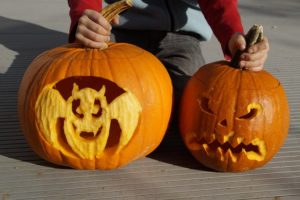
In Ireland, Halloween has its roots in an ancient festival called Samhain. This festival marked the end of the harvest season and the beginning of winter. People believed that on this night, spirits roamed the earth. To protect themselves, people would light bonfires and wear costumes to scare away ghosts. Today, many Irish people still celebrate with festivals, fireworks, and traditional foods.
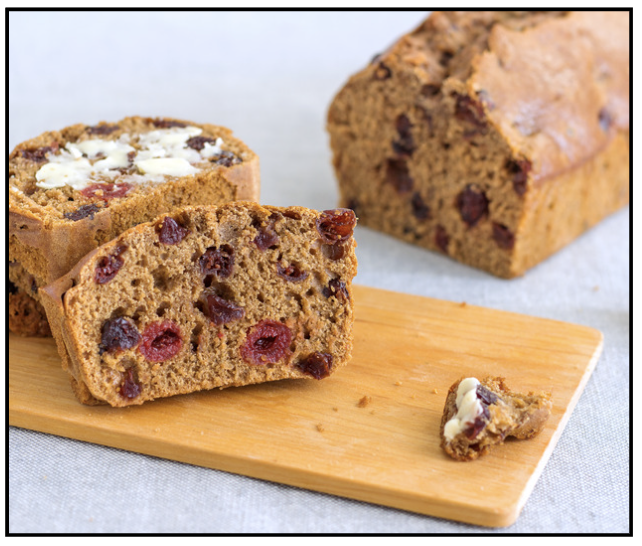
Barmbrack (fruitcake) is a traditional Irish food eaten on this holiday – with different objects baked inside as a fortune-telling game. For example, if the slice contained the pea, the person would not marry that year; the stick, would have an unhappy marriage or continually be in disputes; the cloth or rag, would have bad luck or be poor; the coin, would enjoy good fortune or be rich; the ring, would be wed within the year; and the bean, would have a future without money. (Wikipedia)
Snap-Apple is a popular game in which an apple on a string is tied to a tree or doorframe, and players try to bite the hanging apple. Another game is called Knock-a-Dolly. Children knock on someone’s door but run away before the door is opened.
In Scotland, children cut scary faces into hollowed-out turnips, rutabagas, or potatoes and place a candle inside. Dookin’ for Apples is a game played at children’s Halloween parties. The idea is to grab apples that are floating in a tub of water using your mouth, with your hands tied behind you. Or, trying to catch the apples with a fork!
In Germany, Halloween is celebrated as All Saints Day – honoring the saints and family members who have died. People hide their knives to avoid harm to returning spirits. A popular Halloween site in Germany is the 1,000-year-old fortress ruins in Darmstadt known as Burg Frankenstein. (It is believed to be the castle that inspired the novel, Frankenstein.) Carving pumpkins and dressing up in costumes are also becoming more popular.
In Austria, Seleenwoche, or All Souls’ Week, is celebrated from October 30 – November 8. It is a time to remember loved ones who have passed away. Before going to bed, people leave bread, water, and a lighted lamp on a table to welcome dead souls. The following day, families gather with lanterns to lead the dead to the graveyards. Church bells ring at noon, signaling the release of the souls to move on.
Romania, especially in the region of Transylvania, is closely associated with Dracula and vampires. During Halloween, tourists flock to Bran Castle, often referred to as Dracula’s Castle, for spooky tours and parties. There are also ghost tours, bonfires, and elaborate costume parties in the area.
In Japan, Halloween has become popular in recent years – mainly as a time for costume parties. The Kawasaki Halloween Parade is one of the largest Halloween events, where thousands of people dress up in elaborate costumes and participate in a huge parade. Trick-or-treating is not common, but decorations and themed events are everywhere, especially in Tokyo.
Related Post: Discover the Traditions of Día de los Muertos
